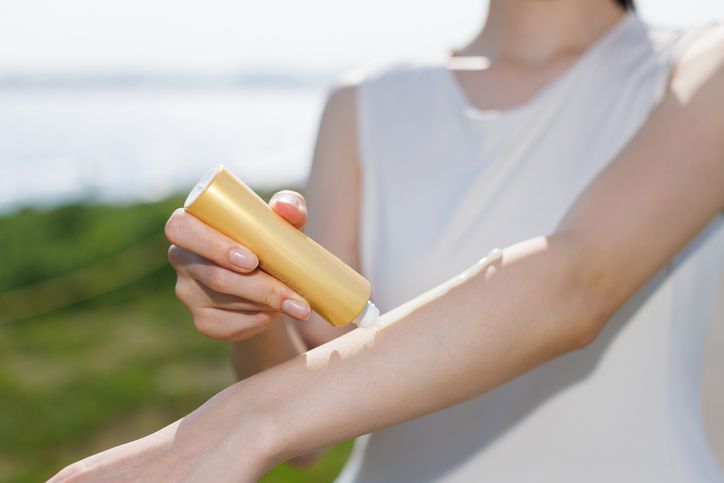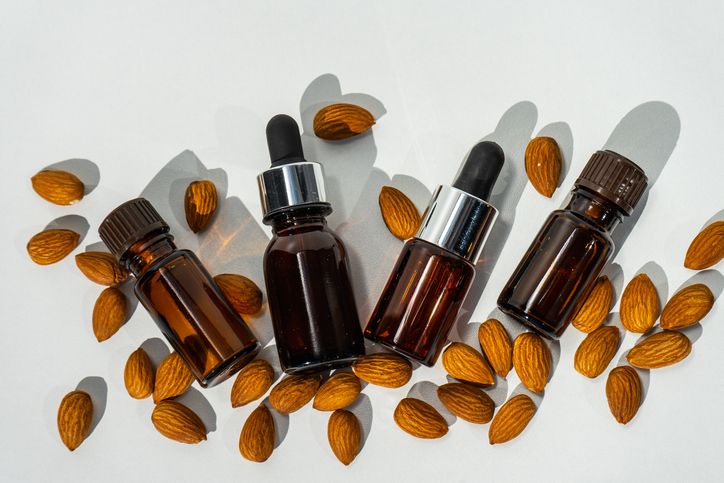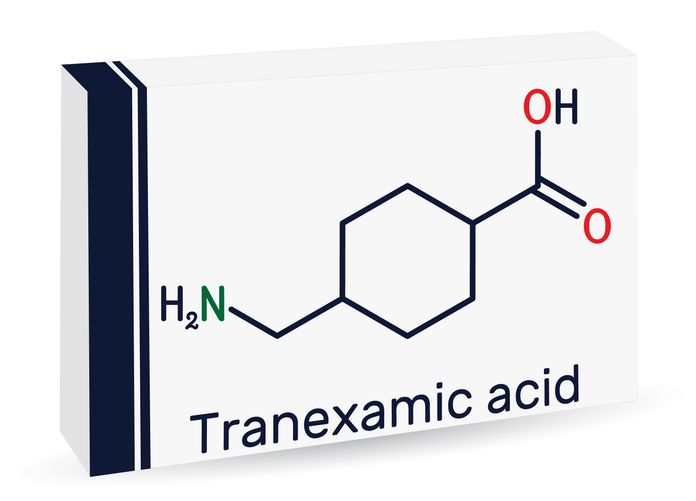- Home
- Trend
- Weight Loss Strategies
- Acne Tips
- Hair Health Information
- Blemish Removal Tips
- Acne Scar Removal Tips
- Muscle Building Techniques
- Intimate Care Tips
- Postpartum Intimate Care
- Eye Bags Wiki
- Tips for Face Slimming
- Secret of Permanent Hair Removal
- Breast Enlargement Tips
- Cure to Snoring
- Marionette Lines
- Skin-Tightening Secrets

免費體驗
Acne Treatment
1 Minute Self-Registration
Date should not be before minimal date
Milia, blackheads, whiteheads, and acne are all skin conditions that can make your skin look rough, dull, and tired. If you've been struggling to understand what milia are, how they differ from blackheads and whiteheads, and how to effectively treat them, you're in the right place. In this guide, we'll break down the structure of milia, explore the causes, and provide actionable solutions for treating milia across all skin types. Let's dive in!
1
The Structure and Characteristics of Primary Milia
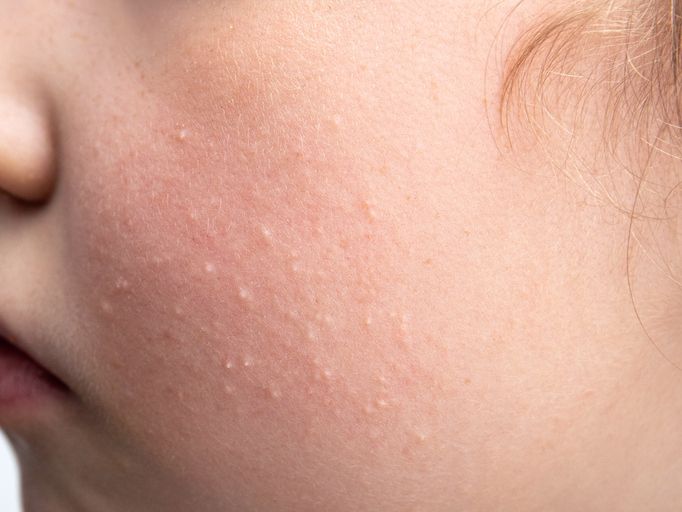

2
Characteristics
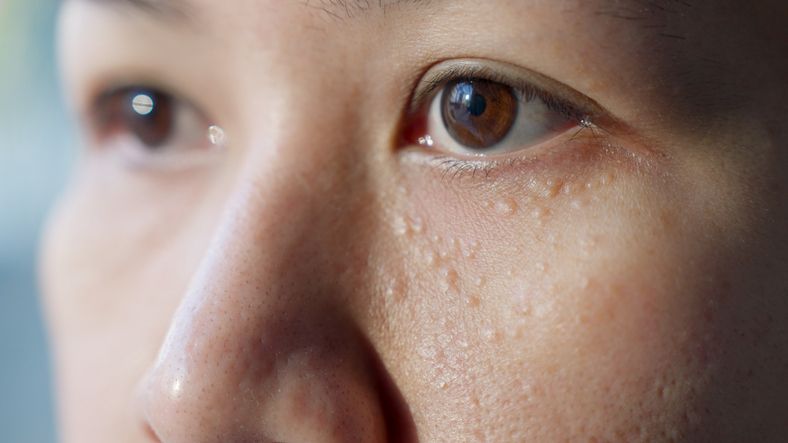
Impact
- Enlarged Pores—What to Do? 9 Common Mistakes to Avoid, 5 Ways to Refine Pores + 6 Product Recommendations!
- How to Choose Pore-Refining Serums: 9 Product Recommendations for Smooth, Poreless Skin
- Should You Get An Exfoliating Gel For Silky Smooth Skin? 4 Key Benefits + Complete Buying Guide
- How Do Comedones Form: 6 Major Causes And 4 Key Ways To Improve Them
3
Causes of Secondary Milia
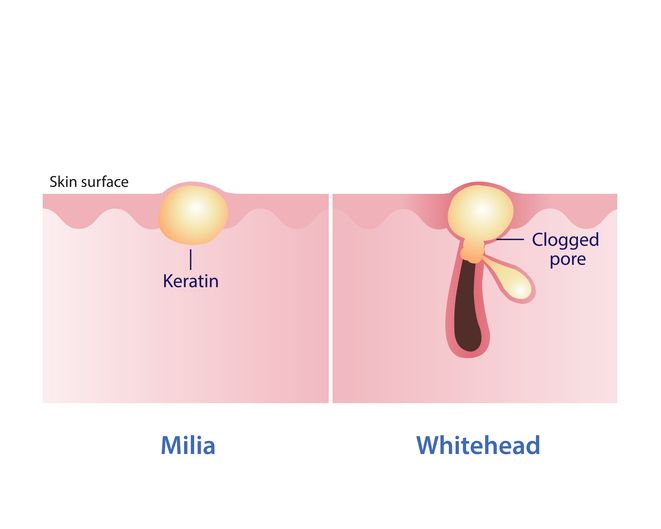

4
The Differences Between Milia, Blackheads, and Whiteheads
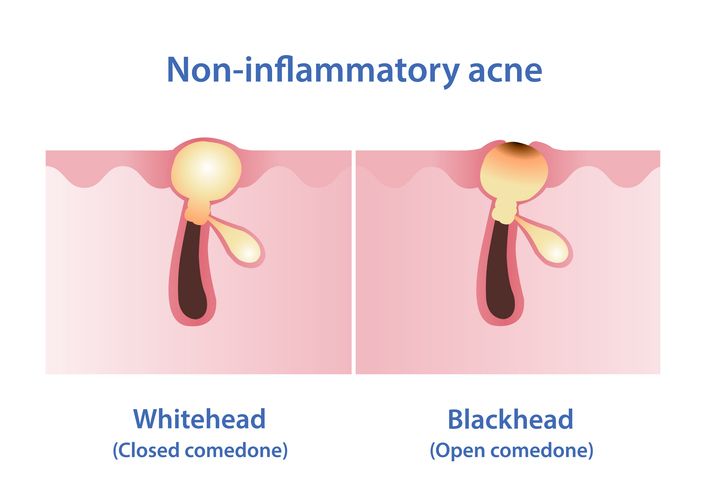
What is a Closed Comedone (Whitehead)?
What is an Open Comedone (Blackhead)?
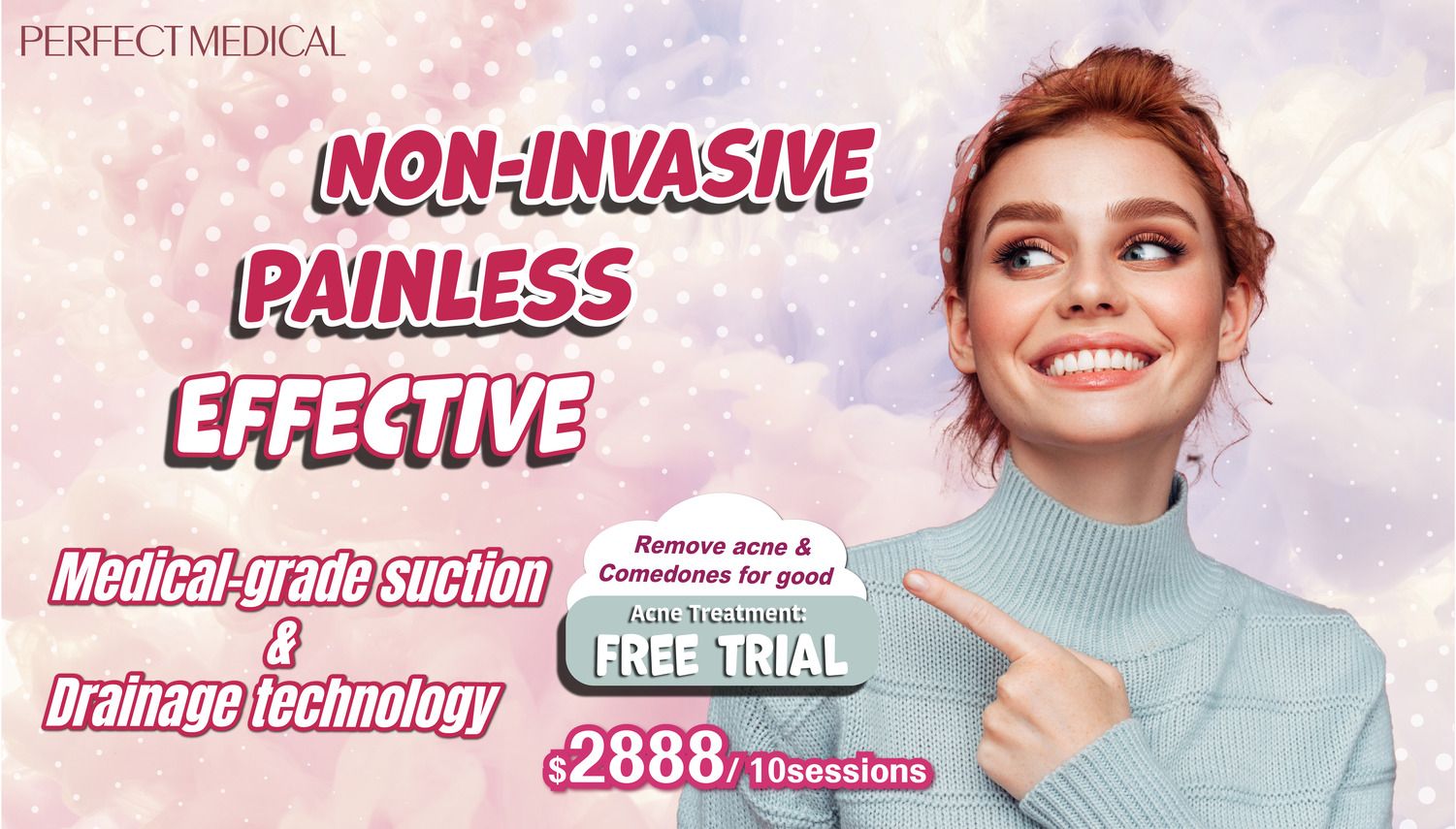
免費體驗
Acne Treatment
1 Minute Self-Registration
Date should not be before minimal date
5
Bad Habits That Lead to the Formation of Milia
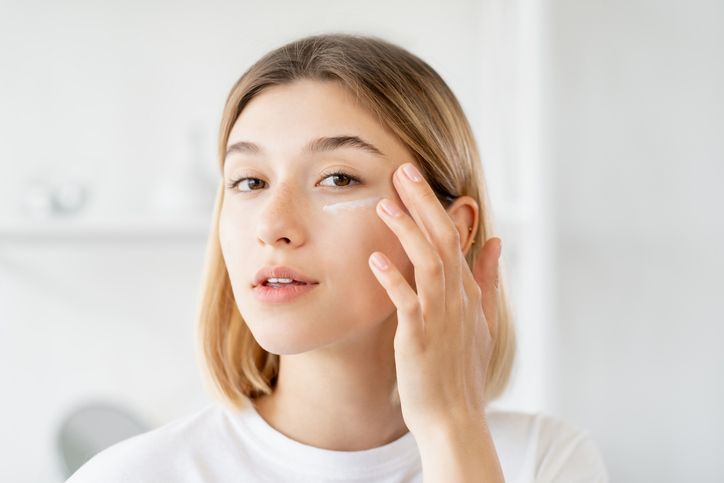
1: Overly Rich Eye Cream
2: Excessive Residue from Eye Masks
3: Using the Wrong Makeup Removal Method
4: Neglecting the Importance of Cleansing and Exfoliation of Dead Skin Cells
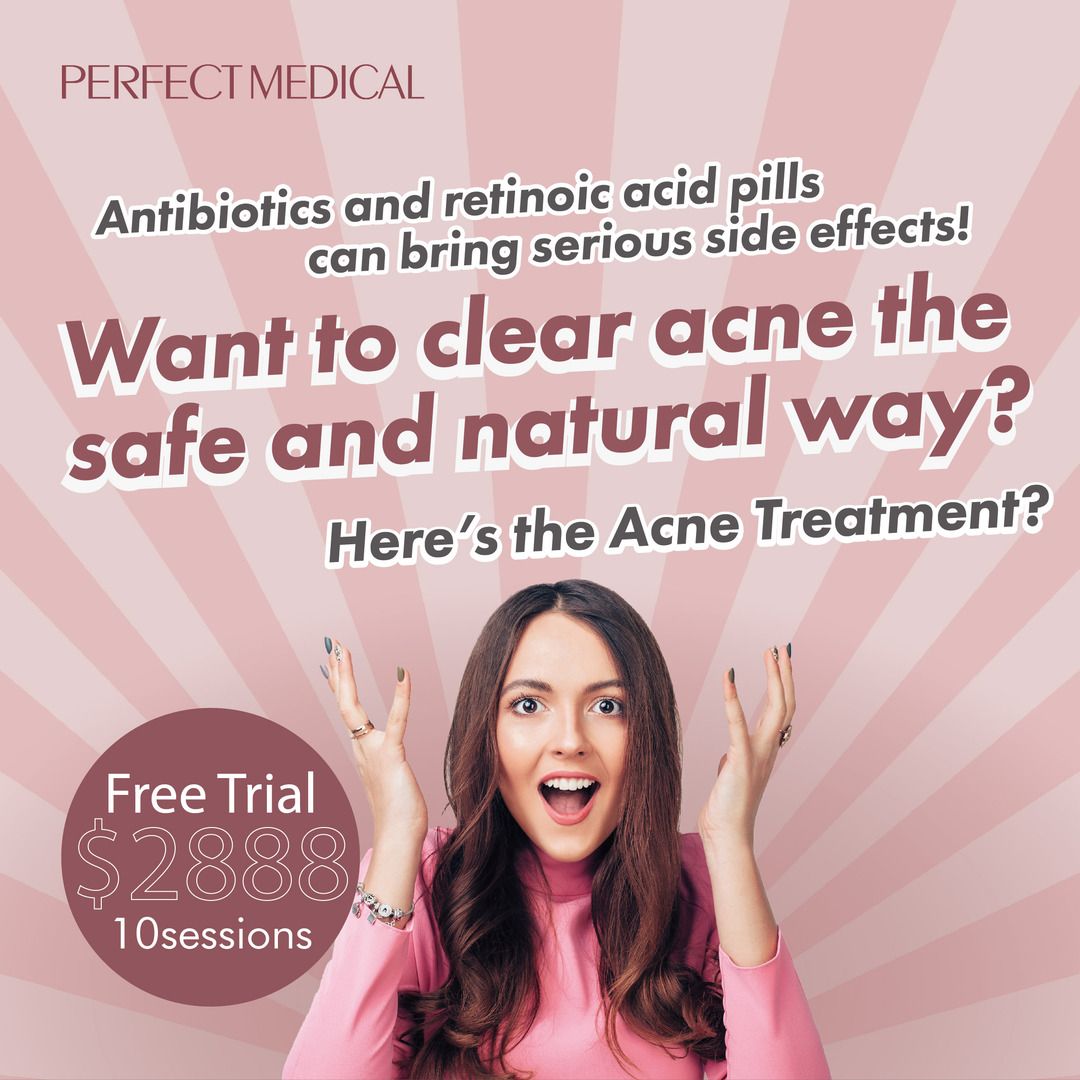
6
Two Effective Methods for Treating Milia
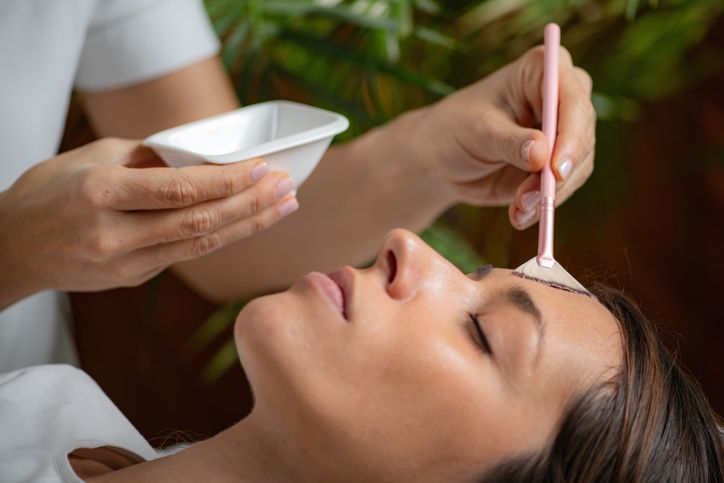
1: Chemical Peel with Glycolic Acid
2: Laser Therapy
7
A Solution for Blackheads, Whiteheads, Milia, and Comedonal Acne for All Skin Types! Perfect Medical Acne Treatment!

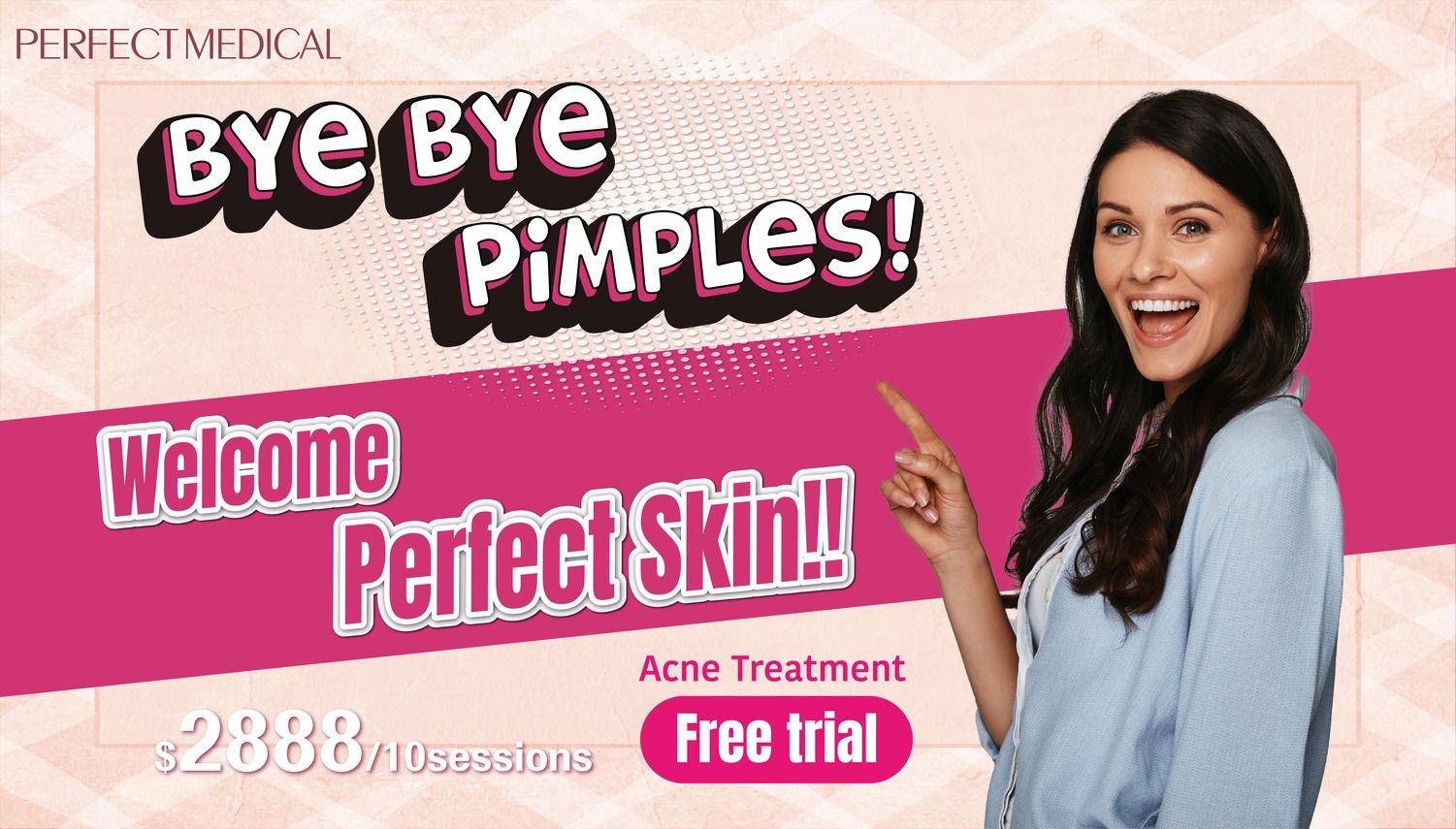
免費體驗
Acne Treatment
1 Minute Self-Registration
Date should not be before minimal date
FAQ

What are Milia?
Milia are a common but relatively challenging skin issue to treat. They typically appear around the eyes and are characterized by small, round bumps with clear boundaries that tend to be numerous and densely packed. Milia are actually small cysts formed by keratin trapped beneath the skin’s surface, not caused by clogged pores. This makes them difficult to resolve with regular skincare or acne products. Milia can appear on any part of the face and can affect all skin types. When it comes to infants, milia can be particularly concerning due to the delicate nature of baby skin. It is essential to use gentle care methods and avoid aggressive treatments to prevent or treat milia in infants.
Why do Whiteheads and Milia Appear on the Face?
Whiteheads (closed comedones) are typically caused by an overly thick stratum corneum, leading to clogged pores and the trapping of oil beneath the skin's surface. This can happen due to poor habits, such as inadequate makeup removal or using inappropriate skincare products, which contribute to clogged pores and the formation of whiteheads. An imbalance in the skin’s oil and moisture levels can also increase the risk of whiteheads forming. Milia, on the other hand, are different. They are primarily formed by keratin trapped beneath the skin’s surface, and are not related to clogged pores. The formation of milia may be linked to excessive skin friction, the skin’s self-repair process after damage, or the use of overly heavy skincare products. Since milia are not caused by excess oil, they are difficult to treat with standard acne products and usually require professional cosmetic procedures or treatments to remove.
What Habits Can Lead to the Formation of Milia?
One habit that can lead to the formation of milia is using overly rich eye creams. Many women use eye creams to care for the delicate skin around the eyes and to reduce wrinkles. However, if the products are too thick or oily, especially for those with thinner skin, they may not be fully absorbed, leading to a buildup of keratin and the formation of milia. Therefore, it is recommended to choose lightweight eye creams that are easier for the skin to absorb, reducing the risk of milia formation.
Can Applying Vaseline Improve Blackheads?
In addition to the above methods, there is a popular home remedy for improving blackheads on the nose—using Vaseline. It is said that Vaseline can help remove stubborn blackheads. To understand its effectiveness, consider its main ingredient: Vaseline primarily consists of mineral oil, which can effectively dissolve the oily components of blackheads on the nose, theoretically helping to eliminate them. It is recommended to clean your face before using this method, then apply a suitable amount of Vaseline on your nose and massage it in. After massaging, apply a thick layer, cover it with plastic wrap, and use hot water to warm the plastic wrap, ensuring no air remains inside. After thirty minutes, remove the plastic wrap and gently massage with a cotton swab to squeeze out the blackheads.
What Acne Treatments Do You Recommend?
The Perfect Medical Acne Treatment is a non-invasive, drug-free method for improving acne. This treatment uses dual-spiral suction drainage technology, with one channel employing exclusive vacuum dermabrasion technology combined with a cleansing formula to gently and painlessly remove dead skin cells and other residues from the skin's surface. The other channel infuses medical-grade essence deep into the skin, rapidly activating the skin’s collagen repair mechanism while providing deep anti-inflammatory, antibacterial, and hydrating effects. This treatment balances oil secretion, unclogs pores, dissolves whiteheads, blackheads, and comedones, and effectively improves pimples and acne.






